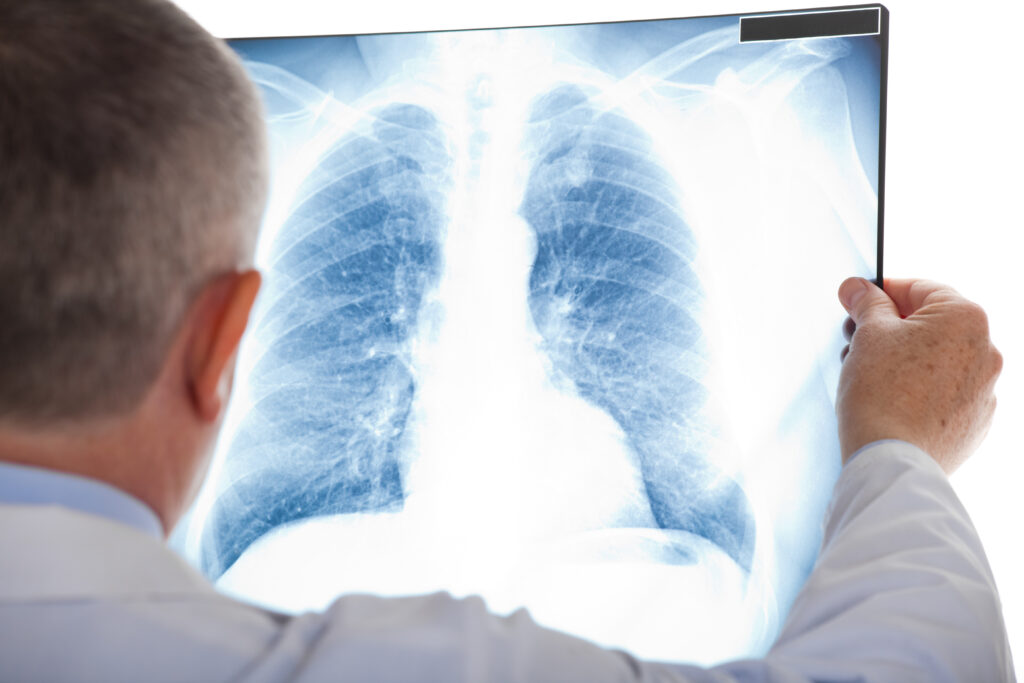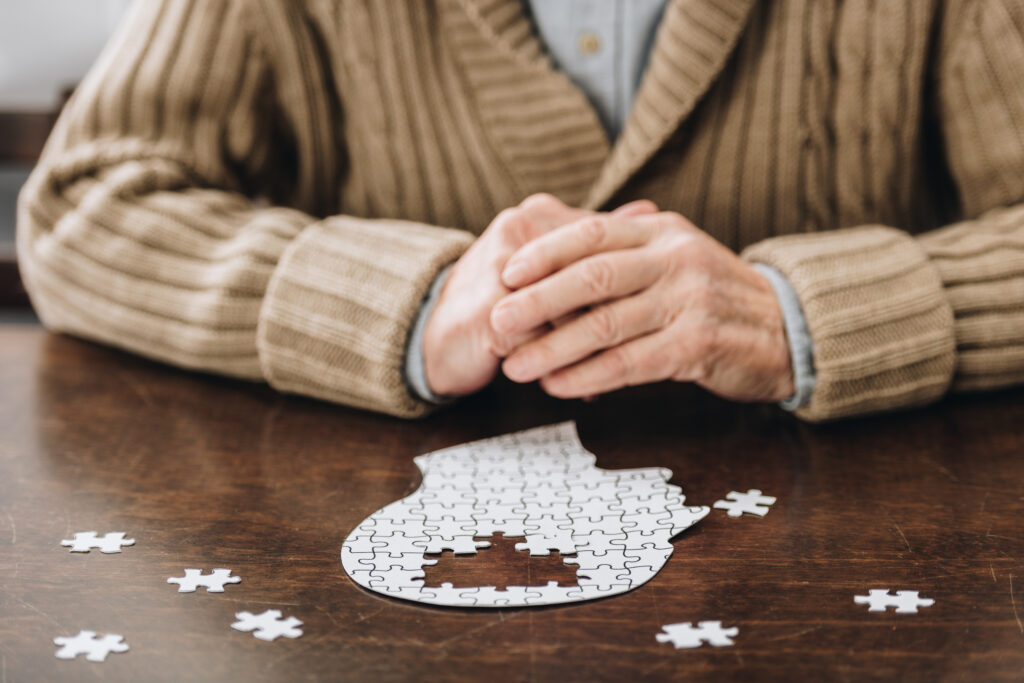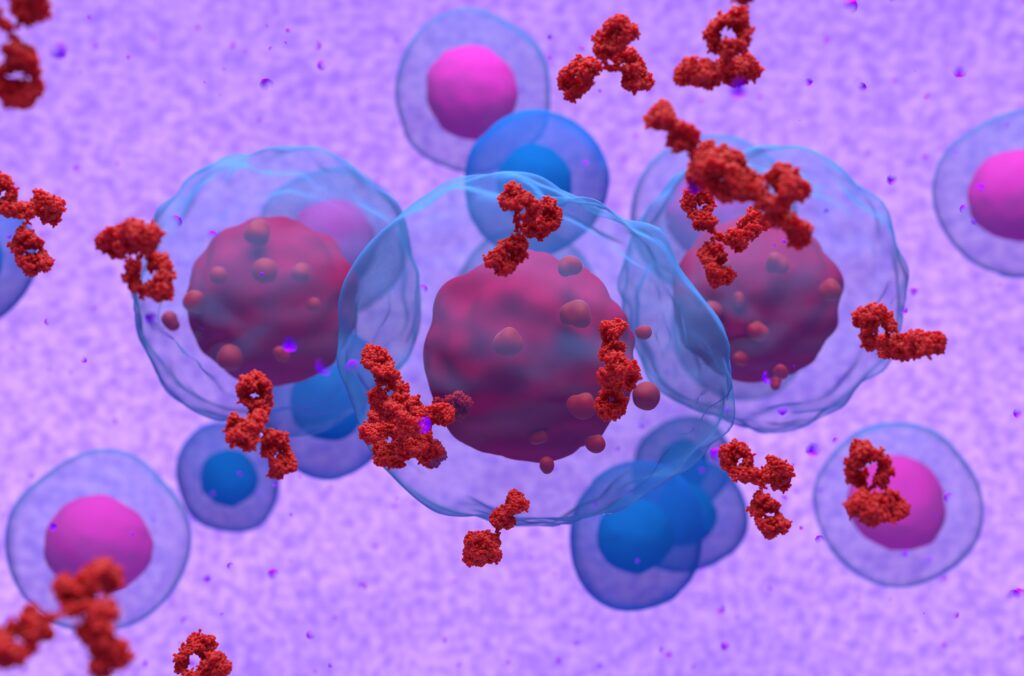
Cancer can start in many places in the body. Sometimes it spreads to the lungs from other parts of the body.
When you breathe in, air goes into your lungs through your windpipe (trachea). Your lungs are lined with tubes called bronchi. These bronchi branch into smaller tubes called bronchioles. These bronchioles eventually lead to tiny air sacs called alveoli.
Symptoms
Lung cancer can start in the lungs, or it can spread from elsewhere in the body and reach the lungs (metastasis). Cancer that starts in the lungs is called primary lung cancer. Cancer that starts in other places and moves to the lungs is called metastatic lung cancer.
Symptoms of lung cancer can include coughing that doesn’t go away, shortness of breath and wheezing. These symptoms may also be caused by other health problems, so it’s important to see your doctor if you have them.
Some people with lung cancer have other symptoms, such as fatigue and a low red blood cell count (anemia). Other symptoms may include: swelling in the face, neck or arms; a small pupil on one side of the eye; or reduced or absent sweating on that side of the body (Horner syndrome). Some rare types of lung cancer that start near the top of the lung grow into tumors in your ribs, bones of your spine, nerves or blood vessels. These tumors can cause severe shoulder pain, or they might make your ribs and sternum hurt.
Diagnosis
A lung cancer diagnosis begins with a physical exam. If you have symptoms like fatigue, unexplained weight loss or coughing up blood, make an appointment with your doctor right away. Often, these symptoms are caused by something else other than cancer.
An imaging test is next, usually a chest X-ray. If the X-ray shows an area of concern, other scans may be ordered, including CT or PET scanning. These can show a mass and help with the lung cancer diagnosis, but a needle biopsy is typically required to confirm that a mass is a tumor.
A needle biopsy is a procedure where the doctor inserts a needle under local anesthesia into the tumor to obtain a sample of tissue. This is done with the aid of a CT scan to guide the needle. Another method is a sputum test (cytology) to look for cancer cells. Other types of biopsies include endobronchial ultrasound and mediastinoscopy.
Treatment
Many different treatment options are available for lung cancer. The type of treatment your doctor recommends will depend on the type of cancer you have and how advanced it is.
Coughing is the most common early symptom of lung cancer. If you have a cough that does not go away, or it gets worse, talk to your doctor right away.
Sometimes, cancers grow slowly and do not cause symptoms until they have spread. These are called stage III and IV cancers.
If your cancer is in the early stages, surgery may be an option. Your doctor can remove the part of your lung with the tumor and some surrounding tissue. They can also use radiation and chemotherapy after surgery to reduce the chance of the cancer coming back.
During and after treatment, you may experience pain, fatigue, or other side effects. Palliative care can help manage these symptoms. It is a team of health professionals who work together to meet your physical, emotional and spiritual needs.
Prevention
It’s important to try to prevent lung cancer, especially if you’re a smoker. You can do this by not smoking and avoiding secondhand smoke. You can also avoid working around carcinogens and other potential hazards. And you can wear a respirator to filter out toxic chemicals, pollutants and particles in the air.
You may get the first symptoms of lung cancer, such as a cough that doesn’t go away or shortness of breath, from a tumor that blocks or narrows an airway or from fluid that builds up in the chest from the tumor (adenocarcinoma and bronchioalveolar carcinoma). Other early signs include a whistling sound when you breathe, unexplained weight loss or a small pupil and drooping on one side of your face (superior vena cava syndrome).
Screening for lung cancer can help find cancer at an early stage when it is easier to treat. But not everyone who is eligible gets screened.





